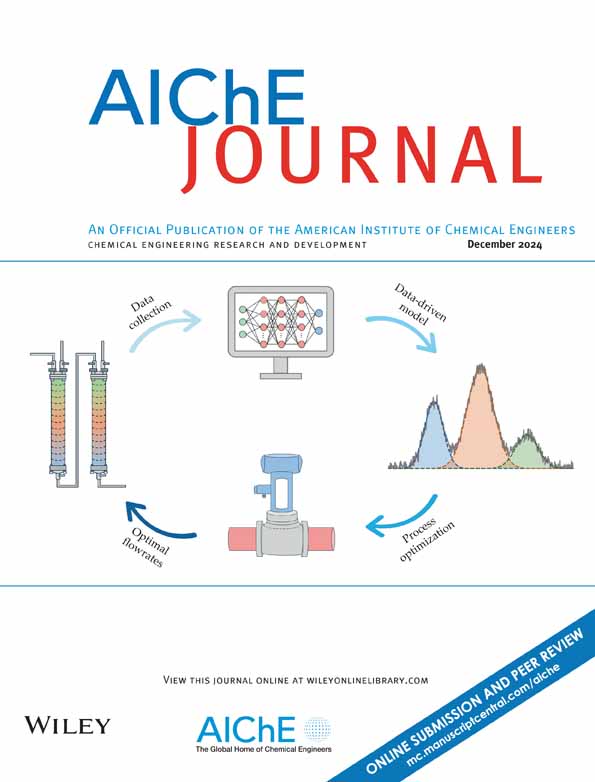Sequential hydrogenation enhanced by bidirectional hydrogen spillover over cascade catalyst
IF 3.5
3区 工程技术
Q2 ENGINEERING, CHEMICAL
引用次数: 0
Abstract
Formulating a synergetic strategy to govern the catalytic function of dual metal sites is paramount to achieving precise control of cascade reactions. Herein, we construct a dual-site cascade catalyst with Pt and Ru species localized in the micropores and mesopores of zeolite, respectively. This architecture enables the spatial separation of Pt and Ru sites in nanoscale proximity. Compared to mono/bi-metallic catalysts, this cascade catalyst enables a 4.4–9.5 times enhancement in activity during the sequential hydrogenation of nitroaromatics to cyclohexylamine. Particularly, bidirectional hydrogen spillover assists hydrogenation between Pt and Ru sites is confirmed, where active hydrogen migrates from the less catalytic activity metal to the adjacent metal sites during the first/second step in the cascade reaction. Characterization studies and density functional theory calculations suggest that bidirectional hydrogen spillover enhances the coverage of active hydrogen at the active sites for each hydrogenation step, thereby reducing the energy barrier of the rate-controlling step. This intriguing phenomenon reveals the mechanism of accelerated hydrogenation and presents an opportunity for devising immensely efficient cascade catalysts.求助全文
约1分钟内获得全文
求助全文
来源期刊

AIChE Journal
工程技术-工程:化工
CiteScore
7.10
自引率
10.80%
发文量
411
审稿时长
3.6 months
期刊介绍:
The AIChE Journal is the premier research monthly in chemical engineering and related fields. This peer-reviewed and broad-based journal reports on the most important and latest technological advances in core areas of chemical engineering as well as in other relevant engineering disciplines. To keep abreast with the progressive outlook of the profession, the Journal has been expanding the scope of its editorial contents to include such fast developing areas as biotechnology, electrochemical engineering, and environmental engineering.
The AIChE Journal is indeed the global communications vehicle for the world-renowned researchers to exchange top-notch research findings with one another. Subscribing to the AIChE Journal is like having immediate access to nine topical journals in the field.
Articles are categorized according to the following topical areas:
Biomolecular Engineering, Bioengineering, Biochemicals, Biofuels, and Food
Inorganic Materials: Synthesis and Processing
Particle Technology and Fluidization
Process Systems Engineering
Reaction Engineering, Kinetics and Catalysis
Separations: Materials, Devices and Processes
Soft Materials: Synthesis, Processing and Products
Thermodynamics and Molecular-Scale Phenomena
Transport Phenomena and Fluid Mechanics.
 求助内容:
求助内容: 应助结果提醒方式:
应助结果提醒方式:


